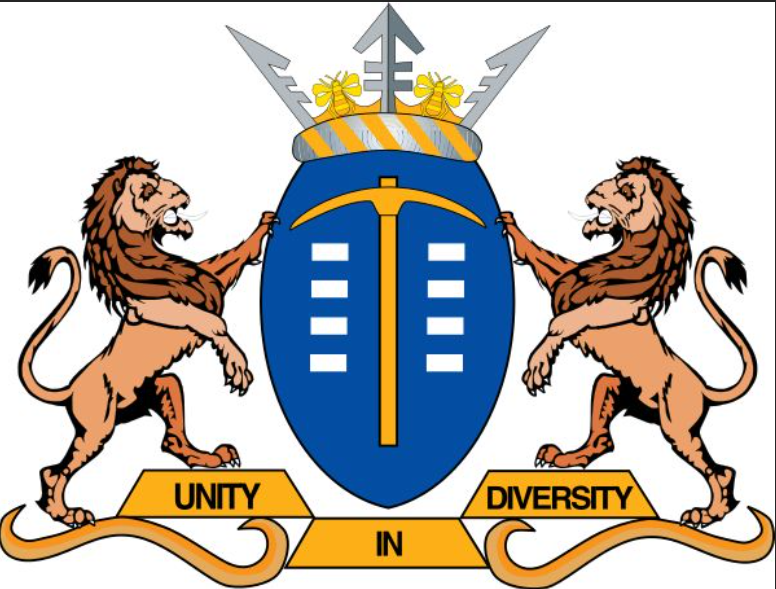Gauteng
South Africa
Joined the Under2 Coalition in 2021
State or regional governments publicly committed to achieving net zero emissions within their jurisdictions by 2050 or earlier
Member actions
Net Zero Target by 2050
Policies in development: specific policies to support the achievement of the region-wide net zero emissions target are in development.
Climate leadership showcase
Climate leadership showcase
The Gauteng Industrial Symbiosis Programme: Over the past 8 years, the National Cleaner Production Center South Africa, a programme of the Department of Trade Industry and Competition (the dtic) in partnership with the Gauteng Department of Agriculture and Rural Development (GDARD) have been implementing the Gauteng Industrial Symbiosis (GISP) to promote and facilitate the implementation of identified waste synergy opportunities to achieve resource efficiency and diversion of waste from landfill.
The programme drives industrial symbiosis awareness across the manufacturing sectors in the province to embed the industrial symbiosis application/practices for GHG emissions reduction.
Gauteng Department of Agriculture, Rural Development, and Environment (GDARDE) hosted the Gauteng Climate Change Summit in collaboration with the Thabo Mbeki African School of Public and International Affairs.
The two-day summit, held under the theme "Towards Decarbonization of the Economy and Building a Climate-Resilient Society," highlighted innovative initiatives companies undertake, primarily focusing on minimising greenhouse gas emissions and embracing environmentally friendly practices.
Gautrain Rapid Rail Link: Signalling Johannesburg’s Ambition: The expansion of Gautrain includes an investment of around 110 billion Rand on track, with 19 new stations, while a further 24.4 billion rand will be allocated to improving existing parts of the network to extend its reach to underserved areas. This will see an additional two million township residents gain access to the network, in turn unlocking more employment and education opportunities, as well as a safer and more sustainable mode of transport. It also will increase black-owned companies’ participation in the rail sector